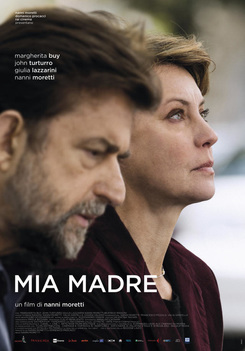
Dès ce moment en avant, dans son cinéma quelque chose semble avoir changé définitivement; les irrésistibles tics du passé semblent avoir embrassé une idée du monde, de la vie et de la douleur plus grande et complexe, moins orientée à l’intempérance juvénile des débuts et projetée davantage vers le très nombreuses contradictions du présent. Le Moretti réalisateur des trois dernières œuvres est un Moretti acteur qui se défile, qui laisse de l’espace aux autres devant la caméra, qui littéralement «reste à côté», d’une manière analogue à l’expression qu’il répète lui-même à ses acteurs, peut-être sans même pas la comprendre, et qui dans Ma mère met dans la bouche de la réalisatrice Margherita, jouée par Margherita Buy, son véritable alter-ego: "Je veux voir l’acteur aussi, à côté du personnage".
Ainsi comme Moretti conseille à ses acteurs de ne pas oublier le personnage qu’ils doivent jouer sur l’écran, mais de le mettre par un instant à côté, de la même façon son «se mettre à côté» est un instrument pour pénétrer plus doucement dans les histoires qu’il décide de raconter, pour instaurer un climat de proximité et de voisinage où règnent la familiarité du sentiment, d’un sourire qui rencontre une larme, le sens d’inadéquation, lancinant, irrévocable, des ses protagonistes, qui d’ailleurs est le même que Moretti réclame pour soi-même. Cette part d’imperfection qui est complètement la sienne, soustraite à tous les autres publiquement et puis, paradoxalement, renversée dans ses film avec une littérarité autobiographique que dans Ma mère est même ravageuse, tellement elle est nue et sans défense (dans ce cas, en fait, le «rester à côté» est aussi et surtout assister sa mère malade.
La fragilité, la non-appartenance, l’être ici mais aussi (toujours) ailleurs: un leitmotiv du Moretti mûr, dès le Silvio Orlando réalisateur de b-movie appelé a faire un film sur le pouvoir à la réalisatrice de Ma mère, qui quand est avec quelqu’un pense constamment à quelqu’un d’autre (à sa mère mourante, à sa fille, à son travail sur le set), en passant pour le Pope de Michel Piccoli, qui n’est jamais à l’hauteur, qui est élu par le conclave mais préférerait être n’importe où. À jouer Cechov, dans ce théâtre qu’il aime tellement, à se promener dans la rue. Mais non pas là où il se trouve.
Les derniers personnages de Moretti, exactement comme lui, semblent désirer seulement la fuite de eux-mêmes. Des obligations, des liturgies publiques, des litanies pré-établies du quotidien («Je répète les mêmes choses depuis des années car tout le monde pense que moi, en tant que réalisateur, je sache interpréter la réalité, mais je ne comprend plus rien», pense Margherita devant les embarrassantes questions standard d’une conférence de presse). À la recherche d’une pureté originaire, d’une absence de superstructures dont le même Moretti dans Ma mère s’est emparé, en racontant un morceau consistent de son récent passé (la mort de sa mère arrivée pendant le montage de Habemus Papam), avec une effronterie sans égal qui se cache, partiellement, seulement derrière le jeu de l’identification avec le personnage de Buy en résumant obsessions et habitudes du réalisateur, ce dernier jouant son frère empressé, scrupuleux et bon, que de Moretti nous laisse voir seulement la méticulosité et la passion pour les sucreries, en ageant d’ailleurs avec une candeur et une soumission que, dans l’écran, il n’avait jamais incarné directement jusqu’à ce point.
Il s’agit d’un signal d’acteur important, même décisif. Car dans Ma mère les excès sont circonscrits et isolés, confiés presque tous à l’histrionique et canaille John Turturro, dont l’acteur américain incapable et narcisse cache cependant une syndrome qui ne révèle pas (on peut dire seulement que ce n’est pas la première fois que Moretti met cette question sur le tapis dans sa carrière). C’est un film contrôlé et limpide, Ma mère, mouvant au de là de toute limite, modéré jusqu’au point d’envelopper le spectateur dans un gel léger et impalpable, et pourtant lourd comme le plomb, imprégné d’une tristesse silencieuse qui lentement envahie le spectateur et qui aussi lentement se dessoude. Sans offrir catharsis faciles, en nous obligeant, loin de tout complaisance, à regarder en face le deuil e à nous confronter nos fantômes individuels. À penser à nos chambres vides et à ceux qui ne les remplissent plus; à nos grandes boîtes pleines d’objets et abandonnées en attendant une meilleure sort, ceux qui son toujours là et que nous ne décidons jamais d’enlever, réelles ou figurées qui soient. On les a tous, et on le sait très bien.
Moretti, comme cela a déjà été dit et écrit plus ou moins par tout le monde, a tourné son film le plus intime et personnel, celui dans lequel la transfiguration du vécu est sans aucun doute plus poussée, douloureuse et soufferte; cependant, la chose stupéfiante est qu’on ne le regarde jamais comme on regarderait la vie, les rêves, les peurs et les souffrances de quelqu’un d’autre, mais on le reconnaît tout de suite comme son propre, bien que le matériel que Moretti a renversé dans le film soit vraiment embrouillé et merveilleusement impossible à distinguer (la séquence en face du Capranichetta, mais aussi les dernières scènes de Margherita Buy avec Turturro dans le set, sont une jubilation de lyrisme, émotivité condensée et chargée à blanc, re-invention onirique et poétique.
On regarde Ma mère en tournant la loupe dans soi-même, et c’est un miracle que le réalisateur romain ait obtenu ce résultat avec son film le plus référé a son ego, le plus en danger dans le domaine de la auto-commisération narcissique ou de la session psychanalytique privée, finalisée a élaborer son propre deuil. Risques invariablement conjurés par ce qui semble être l’intérêt principal du Moretti de Ma mère: surveiller et garder les émotions, les accentuer même musicalement (de Arvo Pärt à Ólafur Arnalds en passant pour Philip Glass et Leonard Cohen), ne les laisser exploser, les embaumer dans une «thèque», c’est à dire dans un bureau ou un livre de latin dans lequel sont déposés études, notes et morceaux de vie d’une mère enseignante de lettres classiques. Non pas pour les mortifier mais pour les avoir plus proches à soi et les apercevoir mieux, même à travers le langage chiffré du rêve (le cauchemar qui montre le sol se tremper d’eau, symbole utérin, maternel et primitif par excellence). Tout, dans son film, se superpose et se croise jusqu’à s’estomper dans la dimension partagée du souvenir et de la douleur, deux contingences jumelles, inévitablement liées par une très étroite relation de parenté.
Ce Moretti d’aujourd’hui, si sec et confidentiel en parlant et frappant au cœur, surprend et désoriente comme jamais, il est touchant avec une fermeté non de chantage, il invoque un retour à un principe de réalité («Bring me back to reality!», gueule le Barry de Turturro après une furibonde querelle avec Margherita) qui l’emmène du set d’un mauvais film avec sur lui l’étiquette de l’engagement social et le transporte ailleurs. N’importe où, même vers un demain auquel penser avec une nécessite et urgence renouvelé malgré tout, avec les larmes aux yeux et le battement de cœur pour ce qui est en train de s’en aller à jamais et qu’on voudrait garder désespérément attaché à soi.
Ma mère, si on le regarde avec la même amère, très douce franchise avec le film même nous regarde, est la manifeste déclaration d’une reddition, la mise à nu d’une innocente manque de préparation face aux choses de la vie que au fond nous réunit tous. En ça réside, en même temps, son humaine faiblesse et sa extraordinaire force cinématographique. En un mot sa beauté, pas hurlée et indirecte, pudique et orgueilleusement anti-rhétorique.
Écrit par Davide Eustachio Stanzione
Traduction par Fabio Tasso
Section de référence: English/Français
Article original: Mia madre - Stare accanto

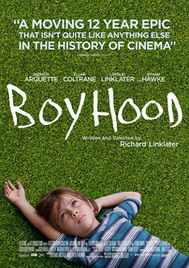
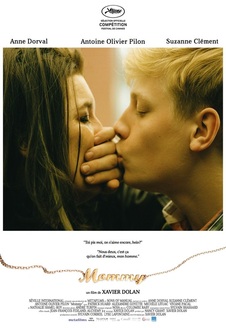
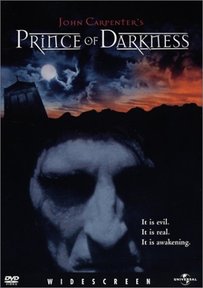


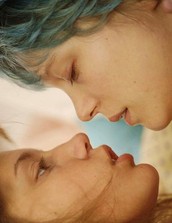
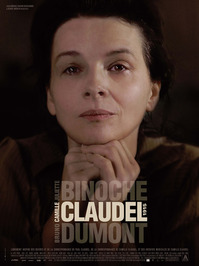
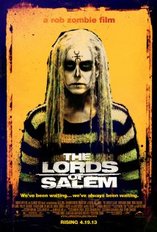
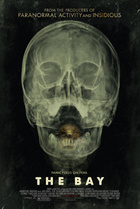
 Feed RSS
Feed RSS
